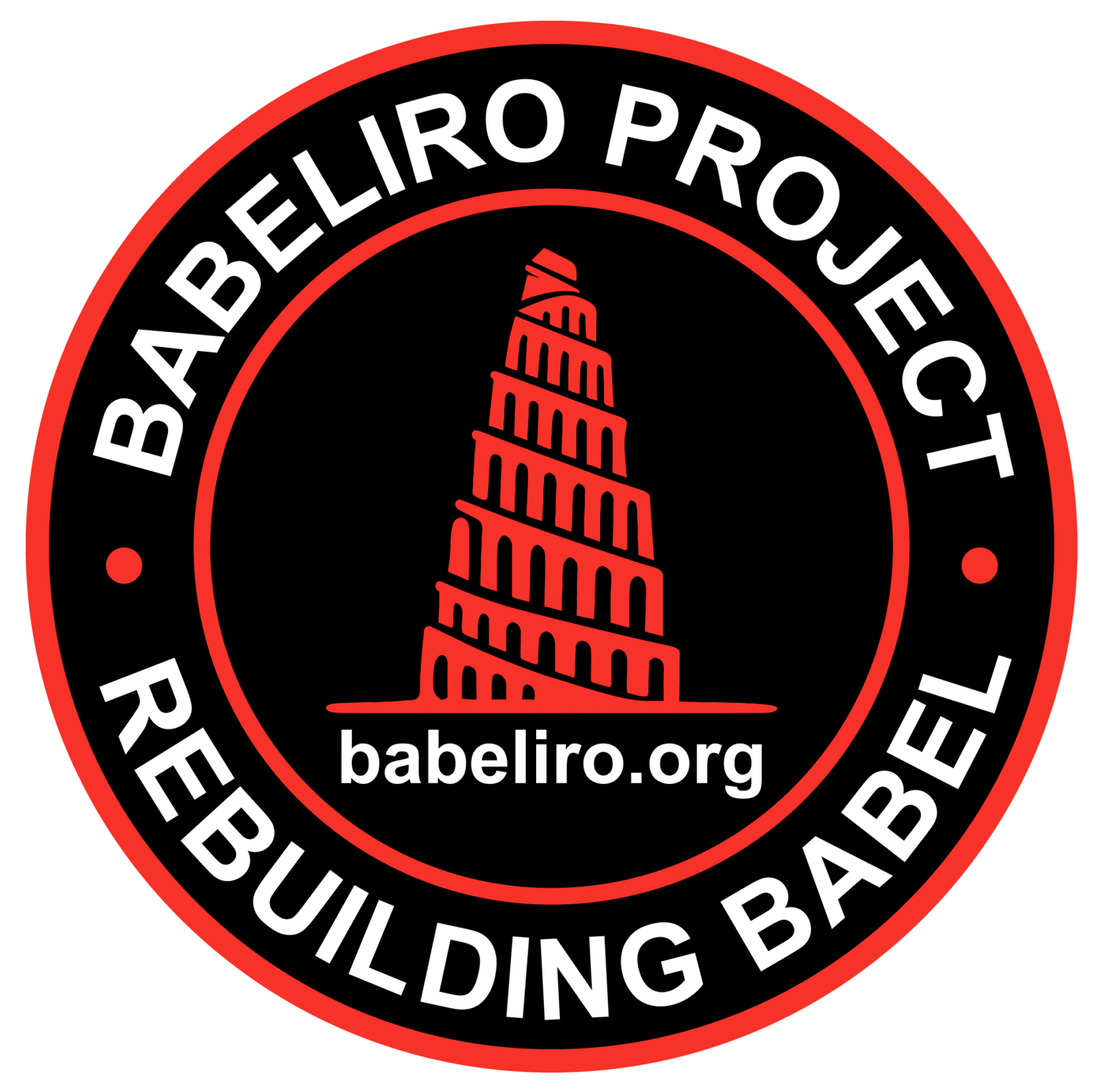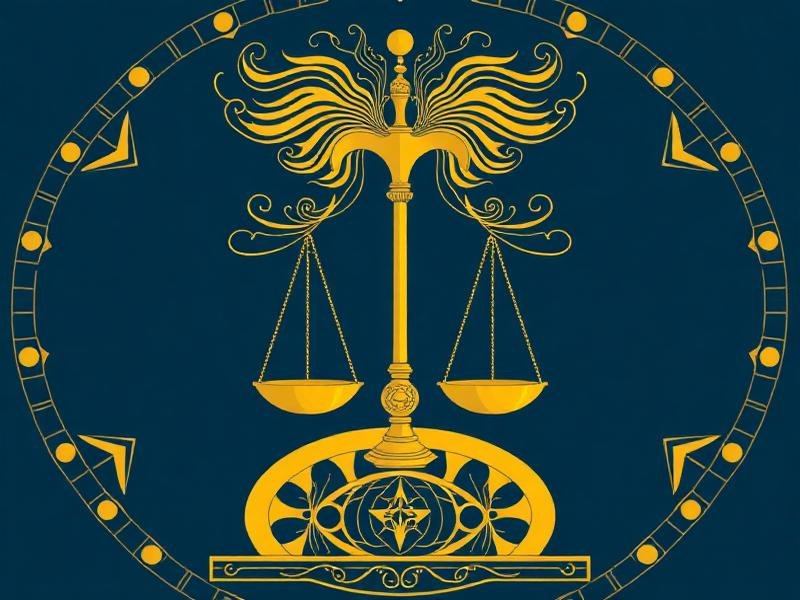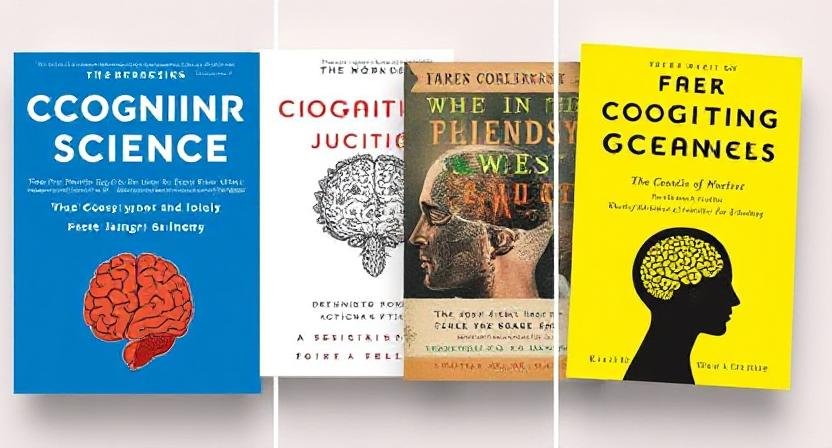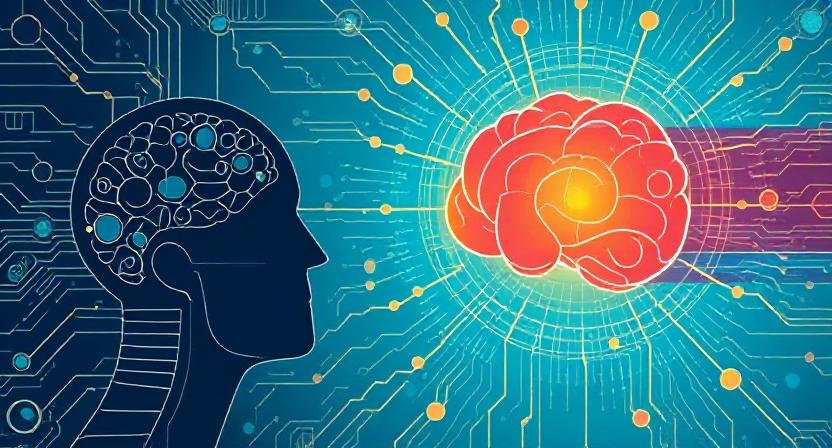SPOILER ALERT!!!
-
Introduction
Most film reviews stop at plot and performance. But what if the real power of a movie isn’t its story… but its structure of thought?
In this post, we explore how four economic dramas—A Beautiful Mind, Moneyball, The Big Short, and The Wolf of Wall Street—each reveal a different form of cognitive intelligence. When viewed through the THËÖRŸ öf VÏRTÜË (TöV), these movies model not just emotion or ethics, but decision-making under pressure in economic systems.
TöV redefines the classical virtues not as moral traits, but as time-based faculties of reasoning:
-
WÏSDÖM: Present-moment clarity
-
JÜSTÏCË: Pattern recognition from the past
-
TËMPËRÄNCË: Anticipation of future imbalance
-
CÖÜRÄGË: Ethical action under complexity
Each film demonstrates what happens when one of these virtues is dominant—but others are missing. When not balanced, even brilliant decisions can lead to dysfunction, collapse, or chaos.
🧠 WÏSDÖM → A Beautiful Mind (2001)
John Nash develops exceptional clarity in the present. He learns to distrust his hallucinations and reclaims control of his mind. His WÏSDÖM is pure: the ability to act only on what is real.
However, Nash struggled to reconcile past perception (lacking JÜSTÏCË) and wasn’t fully in control of his own mind (lacking CÖÜRÄGË). It is an example of great skill which is out of balance.
Result: Insight without integration. WÏSDÖM alone is clarity without application.
⚖️ JÜSTÏCË → Moneyball (2011)
Billy Beane reinterprets the past with data. His decisions are grounded in JÜSTÏCË—pattern recognition stripped of bias. He disrupts baseball by trusting logic over lore. Overall, this results in a good strategy that has change the way the baseball is played.
Result: Logic without empathy. JÜSTÏCË alone is cold re-calibration without foresight.
🔮 TËMPËRÄNCË → The Big Short (2015)
Burry, Baum, and the outsiders simulate the future with eerie precision. They master TËMPËRÄNCË: ethical foresight, acting before collapse. The economic collapse of 2007-2008 is great example of how all members of the economy, a swarmetic system, are interconnected. You can see the lack of WÏSDÖM from those who didn’t see what they were doing: They were blindly following the past (excessive JÜSTÏCË) instead of trying to understand it.
Result: Foresight without influence. TËMPËRÄNCË alone is ethical distance without action.
🔥 CÖÜRÄGË → The Wolf of Wall Street (2013)
Jordan Belfort is courage in overdrive. He adapts fast, scales operations, and manipulates the system. His CÖÜRÄGË is unmatched in velocity. Yet the protagonist is driven by greed (lacking TËMPËRÄNCË), leading his to chaos.
Result: Chaos. CÖÜRÄGË alone is power without ethics.
Conclusion
These films aren’t just stories about economics—they’re case studies in partial intelligence.
Each story develops some cognitive virtue—but fails to balance the others. The result? Beautiful clarity, logic, insight, or energy—used incompletely. Or dangerously.
TöV teaches that ethical thinking is recursive:
-
Perceive clearly (WÏSDÖM)
-
Reinterpret experience (JÜSTÏCË)
-
Simulate future risk (TËMPËRÄNCË)
-
Act under complexity (CÖÜRÄGË)
If one is missing, the whole system distorts.
So the next time you watch a movie—or make a decision—ask:
What virtue is dominant here?
And what’s missing?Because even the smartest plan, if unbalanced, can lead to collapse.
-








